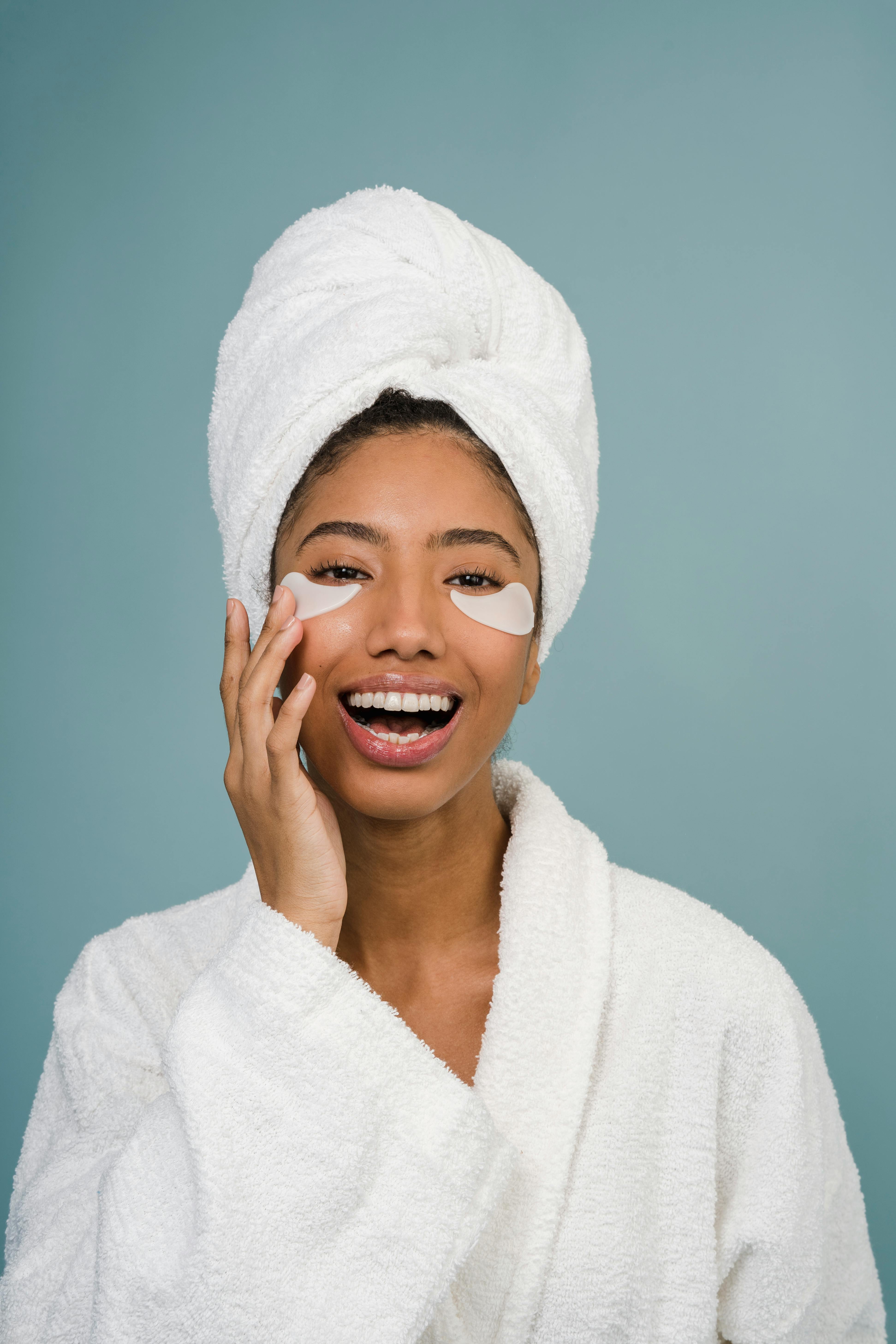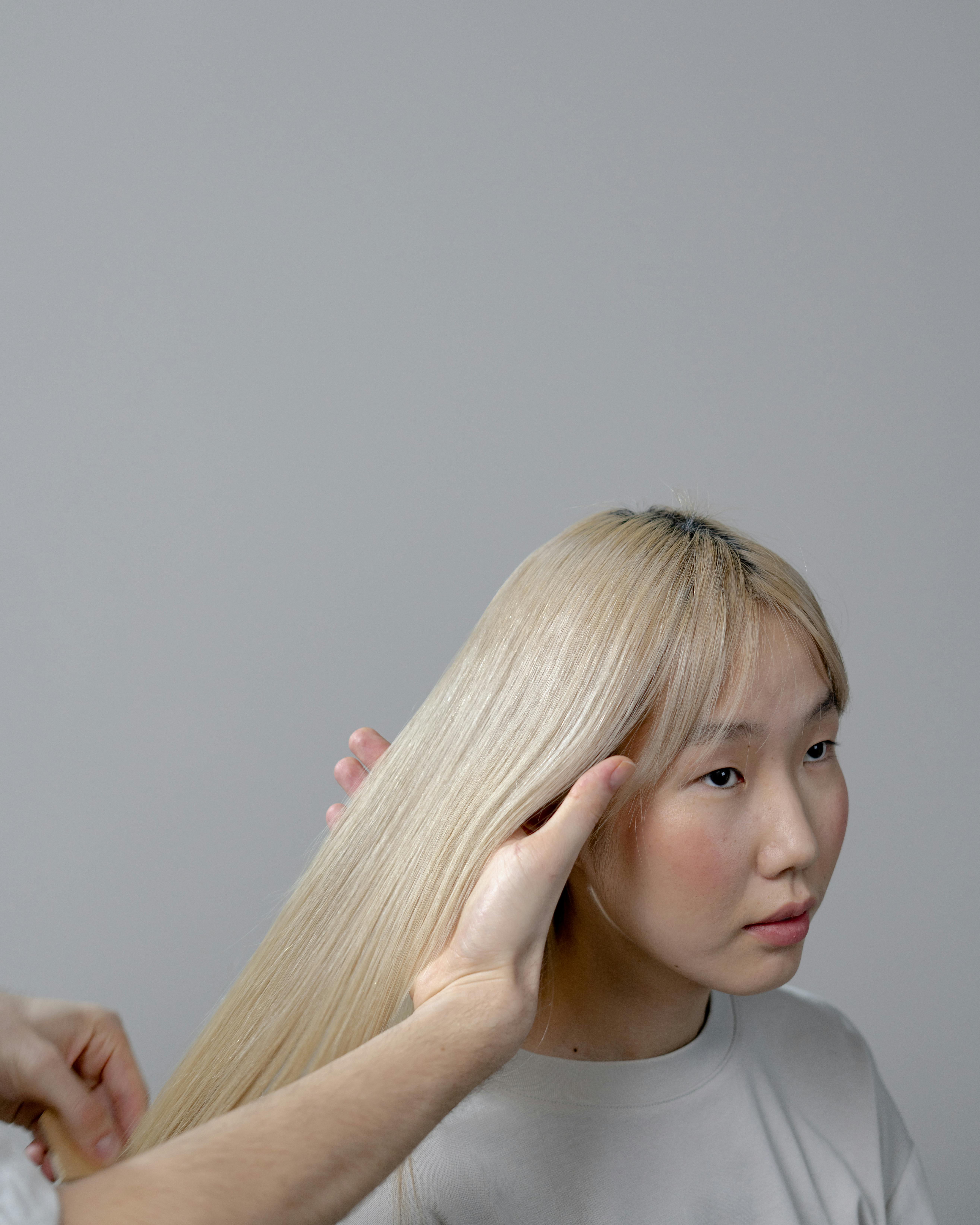Unveiling the Truth About Eye Bags: Causes, Prevention, and Treatment
Eyes are often referred to as the windows to the soul. They express our emotions and tell our stories. However, when dark, puffy circles known as eye bags appear, they can cloud the narrative, signaling fatigue, stress, or even aging. Despite the prevalence of eye bags, there is a wealth of misinformation regarding their causes and treatments. This article aims to demystify eye bags, providing a comprehensive overview of their causes, preventive measures, and the latest treatment options available.

Tracing the Origins: Understanding Eye Bags in a Historical Context
Eye bags have been a concern for centuries, with early civilisations attributing them to various factors, from evil spirits to lack of sleep. Ancient Egyptians, famous for their elaborate beauty rituals, created concoctions from crushed stones and plants to counteract the appearance of eye bags. These early remedies laid the foundation for modern cosmetic science.
Fast forward to the 21st century, and eye bags have become a universal sign of stress and fatigue. With the advent of technology and the increasing demands of modern life, the prevalence of eye bags has grown significantly. However, our understanding of their causes and treatments has also evolved.
Unmasking the Culprits: Causes of Eye Bags
Contrary to popular belief, lack of sleep isn’t the only cause of eye bags. They are primarily a result of the natural aging process. As we age, the tissues and muscles supporting our eyelids weaken. The fat that usually helps support the eyes can move into the lower eyelids, causing them to appear puffy.
Genetics also play a crucial role. If your parents or grandparents have or had eye bags, you’re more likely to develop them too. Other factors include fluid retention due to changes in weather, hormonal shifts, high salt diet, and certain allergies.
Staving Off the Shadows: Preventive Measures
Prevention is always better than cure, and this axiom holds true for eye bags. While we can’t completely halt the aging process, lifestyle changes can significantly reduce the severity of eye bags. Proper hydration, a balanced diet, sufficient sleep, and regular exercise can all contribute to healthier skin.
Reducing salt intake can prevent fluid retention, one of the factors causing puffiness. Using a gentle, fragrance-free eye cream can keep the skin around your eyes hydrated and supple, reducing the chances of developing eye bags. It’s also crucial to protect the delicate skin around your eyes from sun damage, so always wear sunglasses or use an SPF eye cream.
The Science of Sight: Treatment Options for Eye Bags
While lifestyle changes can help prevent or reduce the severity of eye bags, some people may require more drastic measures. Fortunately, cosmetic science has evolved significantly, offering a range of safe and effective treatments.
Non-surgical treatments include dermal fillers, which can restore volume to the under-eye area, and laser resurfacing, which tightens the skin and stimulates collagen production. If these options don’t work, a surgical procedure known as blepharoplasty may be considered. This involves removing or repositioning excess fat from the lower eyelid.
The Eyes Have It: The Impact and Reception of Eye Bag Treatments
The broad array of available treatments for eye bags has had a profound impact on our perception of aging and beauty. More than ever, people are taking control of their appearance and seeking ways to look as youthful and vibrant as they feel.
The reception of these treatments has been overwhelmingly positive. Non-surgical options have gained popularity due to their minimal downtime and immediate results. Surgical treatments, while more invasive, offer long-lasting results and have high satisfaction rates.
However, it’s essential to remember that beauty is subjective, and eye bags are a natural part of aging. The decision to treat them should be a personal one, guided by self-love and acceptance rather than societal pressure.
A Clearer View: Unraveling the Mystery of Eye Bags
In conclusion, eye bags are a natural part of the aging process that can be exacerbated by lifestyle factors. Prevention through a healthy lifestyle is always the first line of defense. However, those seeking more drastic measures have a variety of safe and effective treatments at their disposal.
By understanding the causes of eye bags and the options available for their treatment, we can make informed decisions about our skincare, fostering a healthier relationship with our bodies and our self-image. As we continue to demystify these and other skin concerns, we move closer to a world where beauty is defined by individuality and self-acceptance, rather than unrealistic standards and societal pressure.




